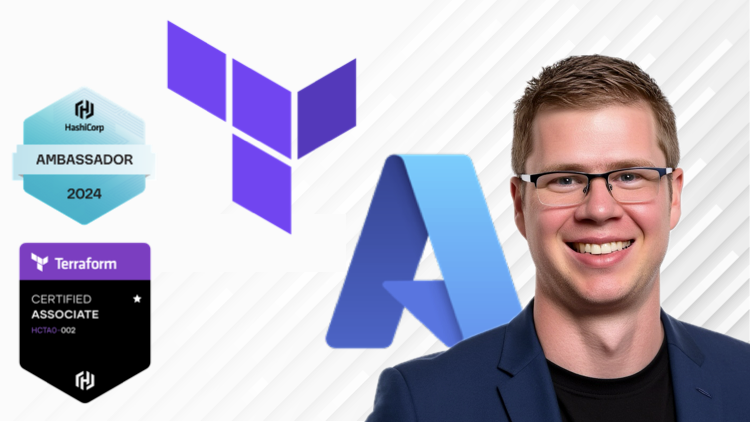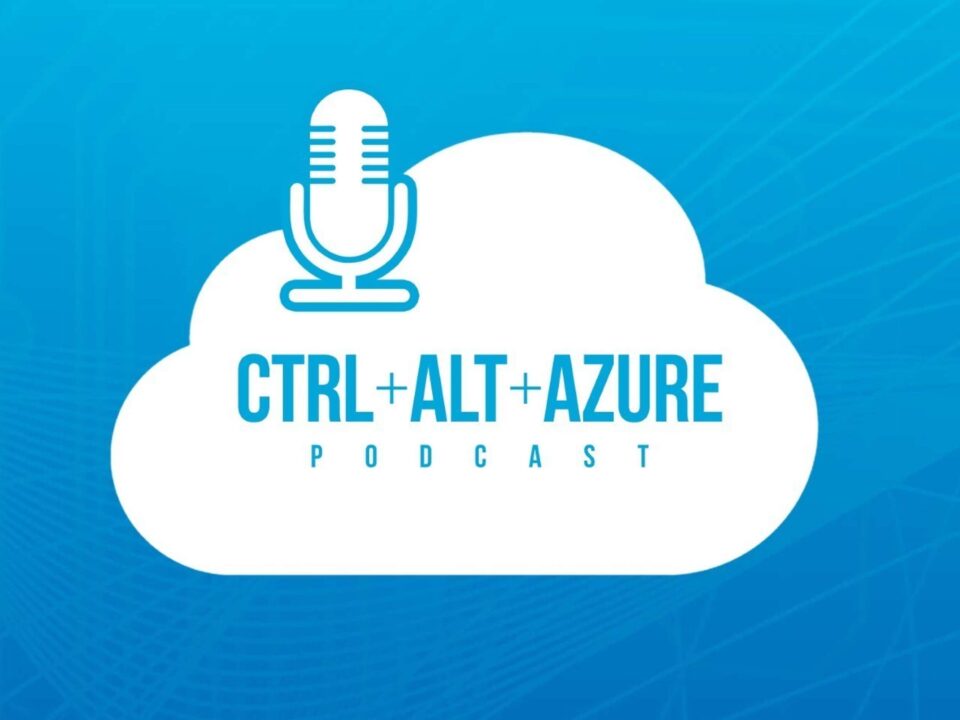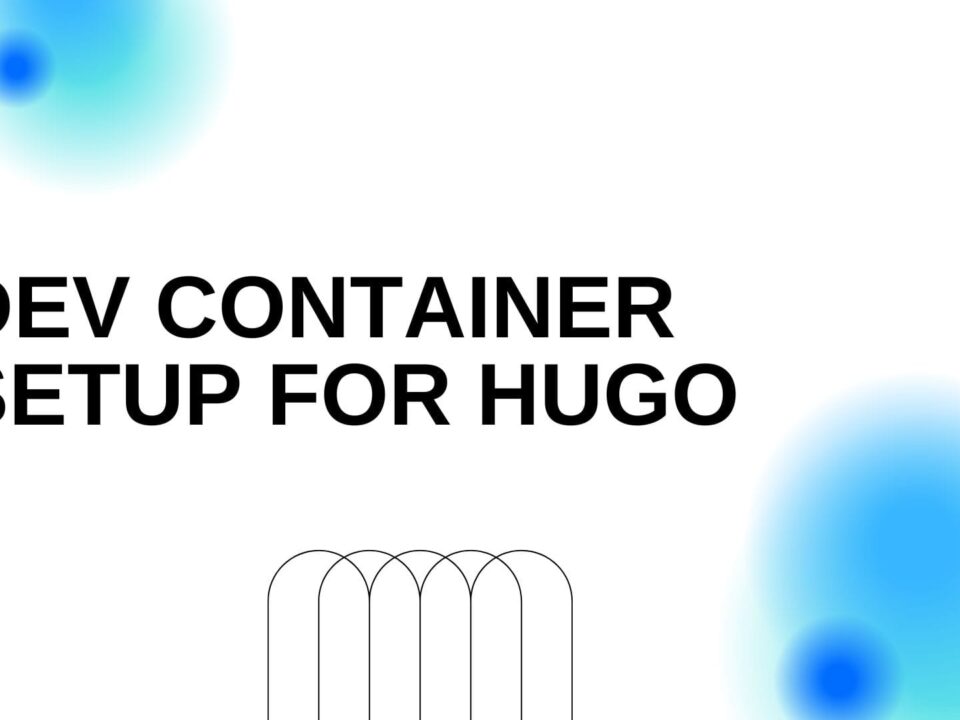Interim guidance for Chile DST changes 2025
April 2, 2025Protecting linear address translations with Hypervisor-enforced Paging Translation (HVPT)
April 2, 2025If you’ve been using Terraform for a few years and would rank yourself as intermediate, you’re probably finding that the foundational concepts are well behind you — but the landscape keeps evolving. With new tools, patterns, and best practices emerging all the time, it’s easy to feel like your knowledge could use a refresh.
This came up in a recent Reddit thread, and as someone who’s been working deeply with Terraform and Azure, I figured I’d share a few resources and perspectives that might help you sharpen your skills, especially from an intermediate-to-advanced angle.
YouTube for Practical, Ongoing Learning
First, I’d recommend checking out my YouTube channel. Most of my content lands in the intermediate++ territory, covering things like advanced module patterns, CI/CD workflows, and integration with pipeline tools. The channel isn’t strictly linear — I tend to follow whatever I’m experimenting with at the moment — but there are a few smaller series that build progressively over time.
Lately, I’ve been focused on building out a set of AT-AT modules — short for Automate The Automation with Terraform (and yes, the name is a playful nod, but sadly not Star Wars-related per se). These modules are designed to capture and codify the automation patterns I rely on when working with GitFlow-based workflows and pipeline tools like Azure DevOps and GitHub Actions. They’re especially useful for Terraform users who are comfortable with the basics and ready to elevate their automation game with more structured, repeatable release processes.
A Beginner Course That Still Works as a Refresher
Though most of my content skews intermediate, I did create a Terraform course on Udemy specifically aimed at beginners. You might wonder why I’m recommending a beginner course here, but hear me out — it’s structured to cover the full lifecycle of infrastructure as code, so even if you’re beyond the basics, the structured walkthrough might surface some concepts you’ve skipped or forgotten.
If you have access to Udemy for Business, the course is likely free for you, which makes it an easy and low-risk refresher.

A Multi-Cloud Deep Dive in Book Form
For those looking to go all-in, I also wrote a book, called “Mastering Terraform”, that takes a deep dive across all three major clouds — AWS, Azure, and GCP — with equal attention given to each. In the book, I explore three core cloud computing paradigms across all providers:
- IaaS (virtual machines)
- Containers (managed Kubernetes)
- Serverless (function-based compute)
Each paradigm is broken down into a complete end-to-end solution. That means for every cloud and every approach, you’ll walk through:
- Infrastructure configuration with Terraform
- Application packaging using tools like Packer, Docker, or serverless frameworks
- CI/CD pipelines, typically built in GitHub Actions, to drive the Terraform workflow across environments


One happy side effect of this setup is that it creates apples-to-apples comparisons between clouds. You can see how the same architecture behaves and is implemented across AWS, Azure, and GCP — great if you’re strong in one cloud and want to upskill in another. That said, this isn’t the book’s main purpose; the real focus is on mastering Terraform by treating it as a software engineering discipline.
That means leaning into proper source control workflows, sustainable release motions, and modular architectures — applying the same rigor you’d apply to application code to your infrastructure code. Whether you’re managing shared services, internal developer platforms, traditional apps, or COTS solutions, this mindset pays off.
The book also goes deep on tool integration: how Packer fits into a VM workflow, how that changes when you move to Docker or Kubernetes, and how to interface with the many serverless stacks that might sit on top of your Terraform-defined infrastructure.

Community Connections That Matter
If you’re looking for a community of like-minded Azure Terraformers, I recommend joining the Azure Terraformer Discord. There are over 400 members, including some extremely senior professionals and a few of my brilliant Microsoft colleagues. It’s a chill space for everything from tactical questions to career advice.
👉 Join Azure Terraformer Discord
There’s also the official Azure Terraform Slack, run by the team at Microsoft who own Azure’s Terraform integration. It’s not only full of senior folks — it also gives you a direct line to the product team. You can ask questions, share feedback, or just lurk and soak up knowledge.
You can also find me on LinkedIn, where I regularly post Terraform insights and reshare community content worth your time.
Final Thoughts
At the intermediate level, the challenge is less about syntax and more about system thinking — how Terraform fits into modern SDLCs, how to build secure and scalable patterns, and how to work effectively across multiple environments and teams.
Whether it’s through videos, structured courses, deep-dive books, or community discussion, there’s no shortage of ways to level up. I hope a few of these resonate and help you on your Terraforming journey — especially on Azure.
As always… Happy Terraforming! 🙌 ❤️ 🤓

Advice for the Intermediate Azure Terraformer was originally published in Azure Terraformer on Medium, where people are continuing the conversation by highlighting and responding to this story.


